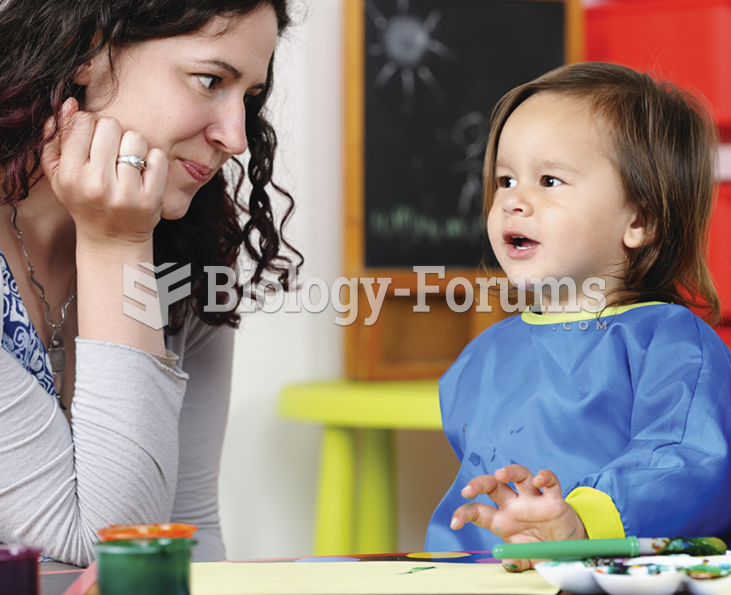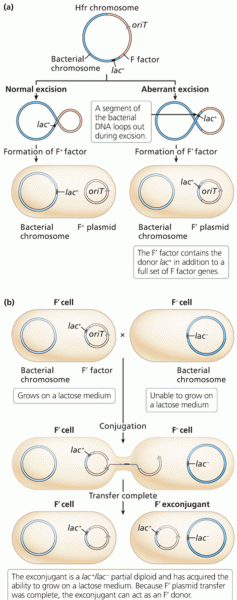Answer to Question 1
B
Answer to Question 2
The nine-month pregnancy period is extremely important and can have significant implications for the health and well-being of an infant. First, women need good and ongoing prenatal testing to determine the health and development of the zygote, embryo, or fetus. It is beneficial to know early in the pregnancy if there are any problems so that parents can make good informed choices about possible interventions or treatment. Some hereditary diseases can be minimized or controlled if detected early. For example, in utero surgeries can be performed to repair a baby's defective heart or respiratory system.
The proposed educational program will focus on the importance of good maternal nutrition. Pregnant women need to distinguish between undernutrition and malnutrition. Undernutrition is the term used to describe the case in which the proper foods and nutrients are available, but not ingested by the mother. Malnutrition refers to the situation in which the necessary nutrients are not available to the mother. Nutrition is not a topic to be discussed in isolation, rather it is a complex contextual factor that is best considered in concert with discussion about maternal stress and access to good social support.
The education program will also address teratogens and their effects. By the time a woman becomes pregnant, environmental hazards influence prenatal development. Women need to be aware of products and practices that are hazardous. For example, they need to know the harmful effects of the mother's smoking, alcohol consumption, and use of prescription and nonprescription drugs. They need to be keenly aware of birth defects and risks associated with teratogens.
Additionally, the prenatal care program will educate parents about the sensitivities of the fetus to the immediate environment recognition of practices that nurture the relationship between mother and baby in utero. For example, the fetus hears sounds and recognizes its native language by hearing it spoken. The fetus experiences wake and sleep cycles, and mothers can learn to synchronize their cycles with those of their neonate.







